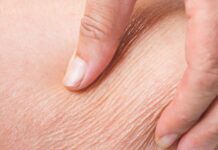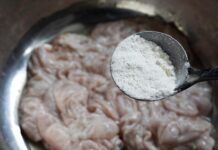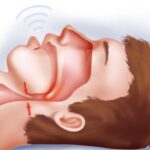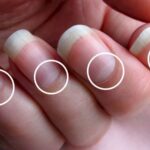Pale or White Nails
Sign: Nails appear pale or completely white.
Anemia: Due to iron deficiency or blood circulation issues.
Liver Disease: White nails accompanied by jaundice may indicate liver inflammation or cirrhosis.
Malnutrition: Lack of protein or essential nutrients.
Advice: If you notice persistent pale or white nails, consider getting a blood test or checking your liver function.
Yellow Nails
Sign: Nails turn yellow or yellow-orange, sometimes thickening.
Nail Fungus: Yellow, brittle nails with a foul odor are often associated with a fungal infection.
Lung Disease: Yellow Nail Syndrome is linked to chronic obstructive pulmonary disease (COPD)
Diabetes: Yellow nails can sometimes be a sign of blood sugar disorders.
Advice: Consult a dermatologist for treatment of fungal infections and get your blood sugar and lung function checked.
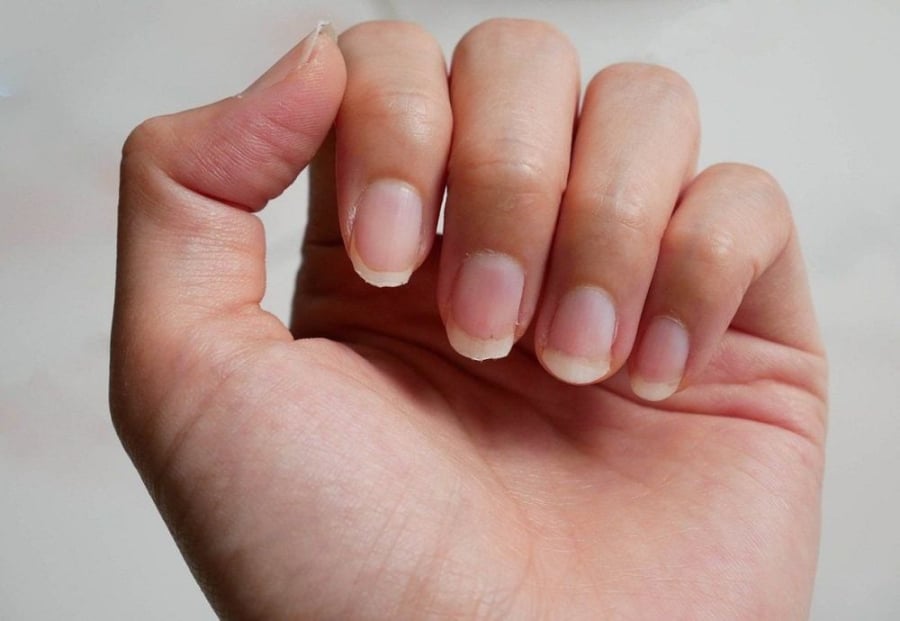
Nails with White Spots
Sign: Small white spots appear on the nail surface.
Zinc or Calcium Deficiency: Often occurs in people with a poor diet lacking these essential nutrients.
Nail Trauma: Minor impacts or injuries can cause white spots to appear.
Allergy: Using nail polish or strong chemicals can cause irritation and white spots.
Advice: Include zinc-rich foods (oysters, pumpkin seeds) and calcium-rich foods (dairy, leafy greens) in your diet. If the spots spread, consult a doctor.
Concave or Convex Nails
Sign: Nails have an abnormal shape, either curved inward (spoon-shaped) or outward.
Convex Nails: Linked to iron deficiency anemia or thyroid issues.
Concave Nails: Commonly seen in people with psoriasis or arthritis.
Advice: Get a blood test to check for anemia and consult a dermatologist or endocrinologist for further evaluation.
Nails with Stripes or Ridges
Sign: Vertical or horizontal ridges, or wavy patterns appear on the nails.
Vertical Ridges: Usually a sign of natural aging, but prominent ridges may indicate a vitamin B deficiency or kidney disease.
Horizontal Ridges: Can be caused by stress, trauma, or a recent serious illness (such as a high fever)
Advice: Maintain a balanced diet rich in B vitamins. If horizontal ridges are prominent, consider a full medical check-up.
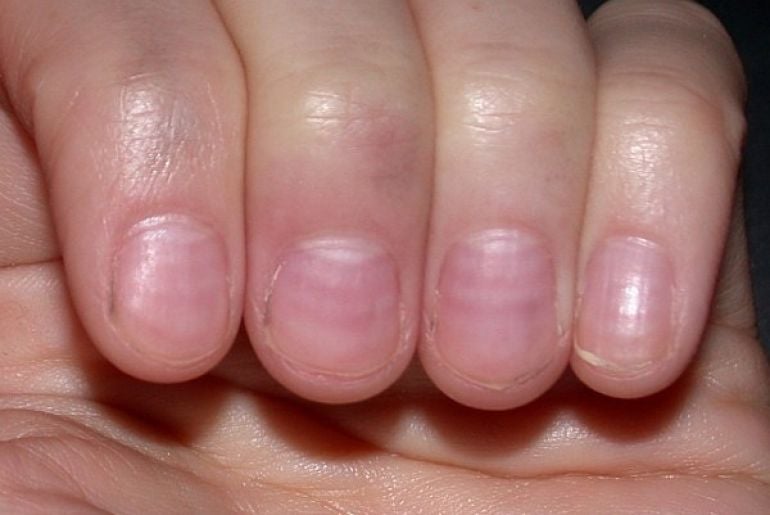
Brittle or Splitting Nails
Sign: Nails are fragile, break easily, or peel in layers.
Biotin (Vitamin B7) Deficiency: Results in weak nails, hair, and skin.
Chemical Exposure: Housework like dishwashing or laundry without gloves can damage nails.
Thyroid Issues: Both hypothyroidism and hyperthyroidism can cause nail weakness.
Advice: Include biotin-rich foods (eggs, salmon) in your diet or take supplements as directed. Minimize chemical exposure and keep nails dry.
Blue or Purple Nails
Sign: Nails turn blue, purple, or the skin beneath the nails changes color.
Lack of Oxygen: May indicate lung or heart disease.
Infection: Bacteria like Pseudomonas can cause green-blue discoloration.
Circulation Issues: Poor blood flow to the fingertips.
Advice: This is a serious sign; consult a cardiologist or pulmonologist immediately.
General Notes
Regularly examine your nails for any unusual signs or symptoms.
Do not attempt self-treatment for nail abnormalities, especially if accompanied by pain, swelling, or skin color changes.
Maintain a healthy diet, ensure adequate nutrient intake, and protect your nails from chemicals and trauma.
Your nails can provide valuable insights into your overall health. If you notice any persistent abnormalities, consult a doctor for timely diagnosis and treatment.
The Golden Key to Nurturing Healthy Blood: The Overlooked Simple Secret
“Blood is life” is a well-known saying, but not many understand the true essence of maintaining healthy blood flow and its nourishment to the body. The secret to a well-nourished circulatory system is surprisingly simple and can be easily implemented at home – it’s just a matter of knowing where to start.




